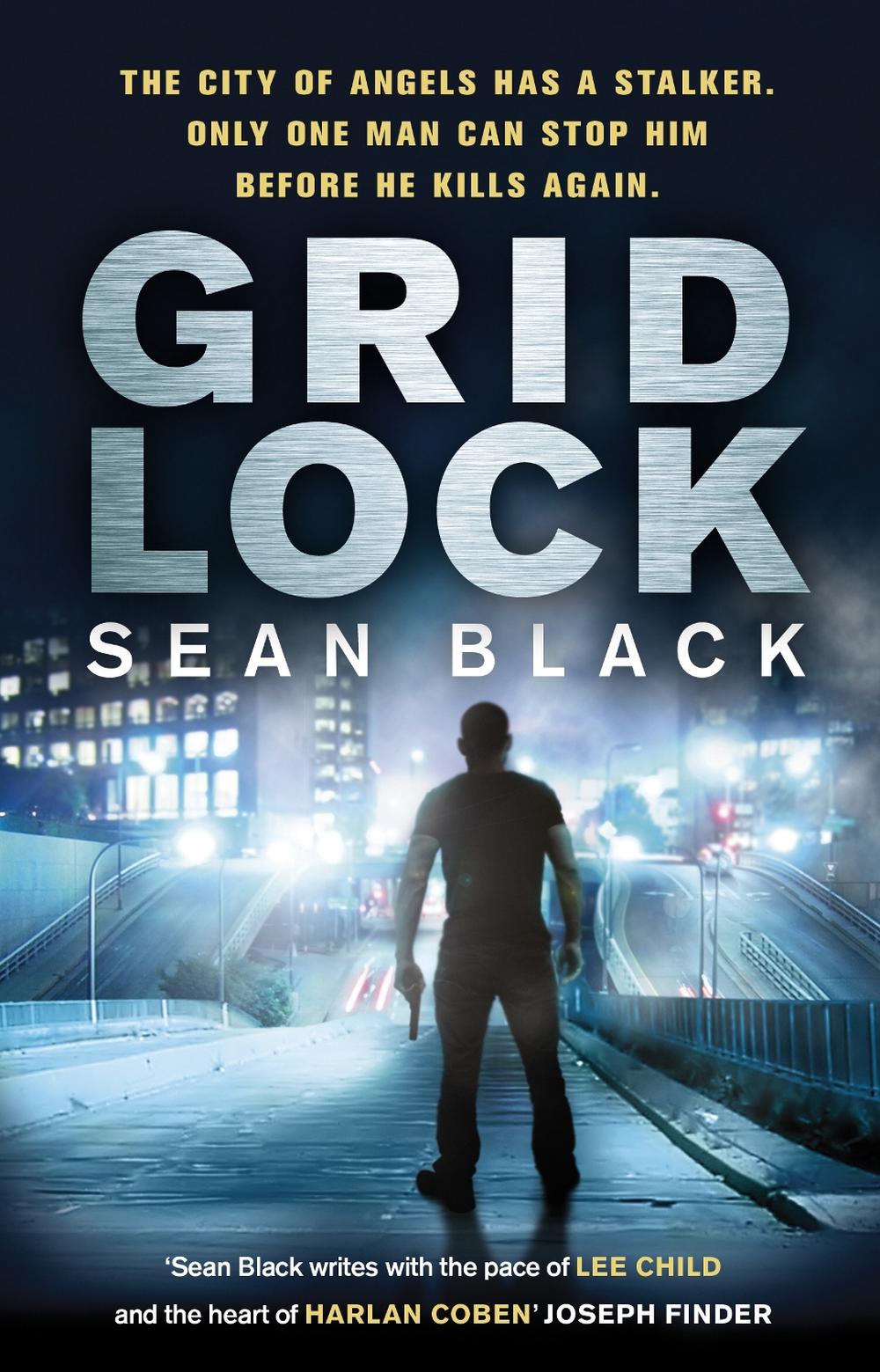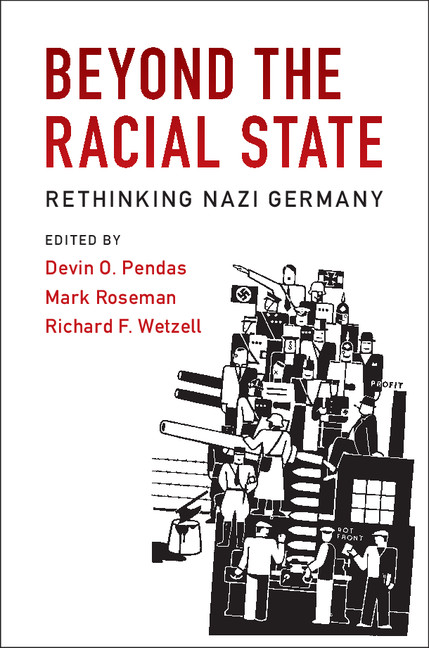

Yancey considers how antiracism, colorblindness, and mutual accountability would approach it. Using affirmative action as an example, Dr. He presents a biblical and theological basis for his view and describes how it can look in daily life. Yancey explains his alternative view as mutual accountability and marshals evidence to support it. This book is a much-needed resource for pastors, students, professors, laypersons and others who hunger for a united church in a divided world.George Yancey defines America's race problem, considers the meaning, strengths, and weaknesses of antiracism and colorblindness, takes a look at systemic racism and racial disparities and examines how diversity, equity, and inclusion programs often function. Yancey's creative thinking further leads the reader to examine racism and the need of reconciliation in new ways using a central premise from an ancient source-the Bible. Select the department you want to search in Search Amazon.ca. I decided to read this as I knew it would be unique and a good starting point in forming my own understand of how God would have me think through this issue and put it into practice. Beyond Racial Gridlock: Embracing Mutual Responsibility: Yancey, George: 9780830833764. Annual publication edited by students at Harvard Law School addressing social and economic issues affecting racial and ethnic minorities and includes works by. His assessment of the pros and cons of current strategies is extremely helpful in understanding the present state of racial reconciliation. This book, Beyond Racial Gridlock: Embracing Mutual Responsibility, came suggested by some trustworthy sources and places.
#Beyond racial gridlock book how to
Yancey has been working in the area of race relations for many years, written several influential books on the subject and knows how to write readable, to-the-point books for Christians., If pastors and lay leaders were to read this book and humbly take its principles to heart, we could see a change in race relations in this country, and our churches could be a multiracial witness to the world of reconciliation, healing and grace., In Beyond Racial Gridlock, George Yancey once again challenges us to think in fresh ways about the ministry of reconciliation. And I cannot think of a better person to write this book. This book is useful not only for casual readers who wish to develop a broader perspective on the issue of racism but also for seminary courses on race relations., A much-needed book! George Yancey proposes to do what is long overdue-systematically analyze race and race relations to suggest a thoughtful Christian approach to racial problems.
#Beyond racial gridlock book crack
Anyone who wants to have a serious discussion about racial issues in American culture must crack open this book!. The best part about his work is that he gives us the ultimate solution that attacks the race problem at its core. What a winsome and inviting way of framing the racial divide in our country., George Yancey has taken the complexity of the racial issue and has distilled it into a clear and comprehensive diagnosis. I don't feel condemned I feel welcomed into a conversation. Yancey, as a black man, is coming along beside me, a white man, and acknowledging that this is our mutual task to figure out how to treat one another well. It gets me beyond my guilt, denial and defensiveness.

Part two offers a new "mutual responsibility" model, which acknowledges that both majority and minority cultures have their own challenges, tendencies, and sins to repent of, and that people of different races approach racial reconciliation and justice in differing but complementary ways.Yancey's vision offers hope that people of all races can walk together on a shared path-not as adversaries, but as partners. Beyond Racial Division emphasizes a sociologically argued plan.

Yancey puts both colorblindness and anti-racism through the stringent critique of sociology, and finds that neither moves us closer to addressing the problems of a racialized society. The first part of the book analyzes four secular models regarding race used by Christians (colorblindness, Anglo-conformity, multiculturalism and white responsibility) and shows how each has its own advantages and limitations. That is where George Yanceys follow-up to Beyond Racial Gridlock (2006) is a real blessing. Adding to this complex situation is the reality that Christians of different races see the issues differently.Sociologist George Yancey surveys a range of approaches to racial healing that Christians have used and offers a new model for moving forward. Many proposed solutions have been helpful, but these only take us so far. Christians have struggled with racial issues for centuries, and often inadvertently contribute to the problem.


 0 kommentar(er)
0 kommentar(er)
